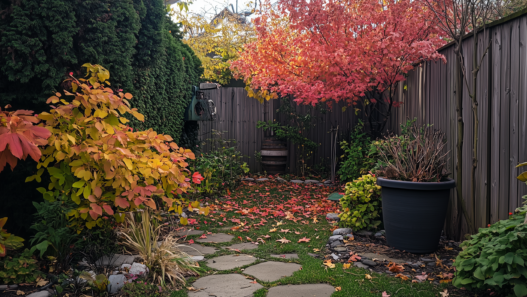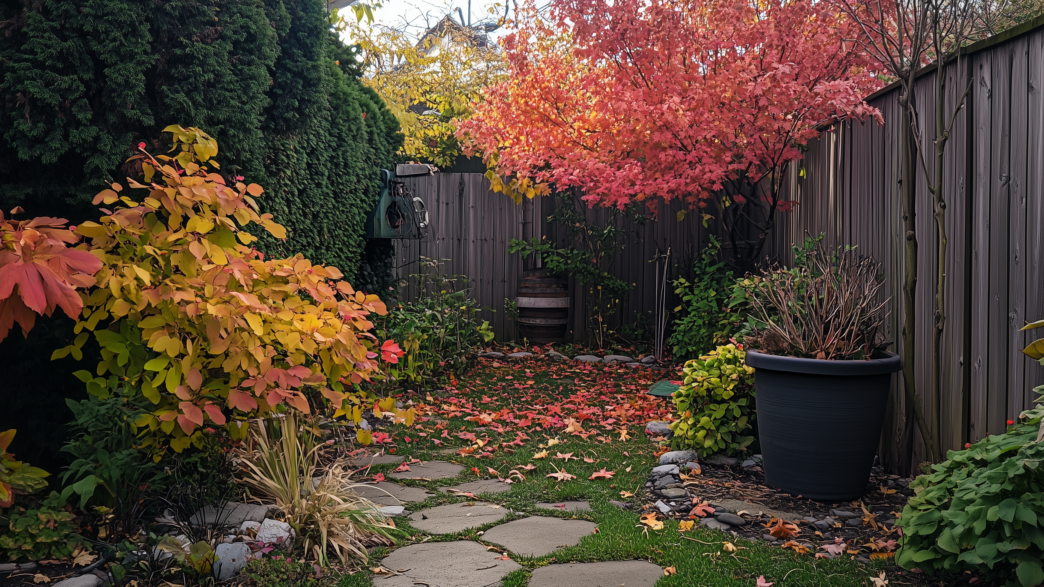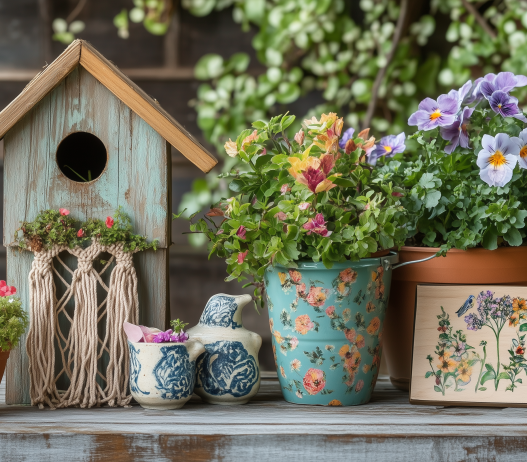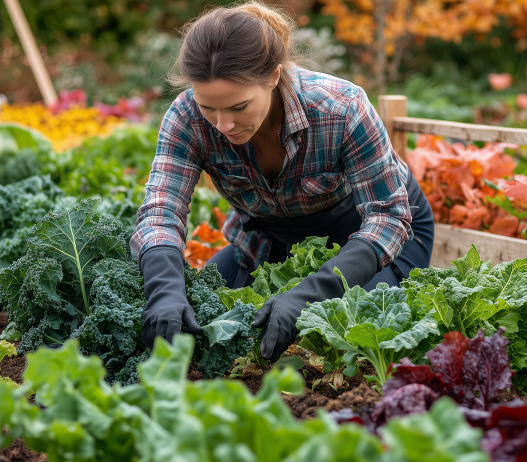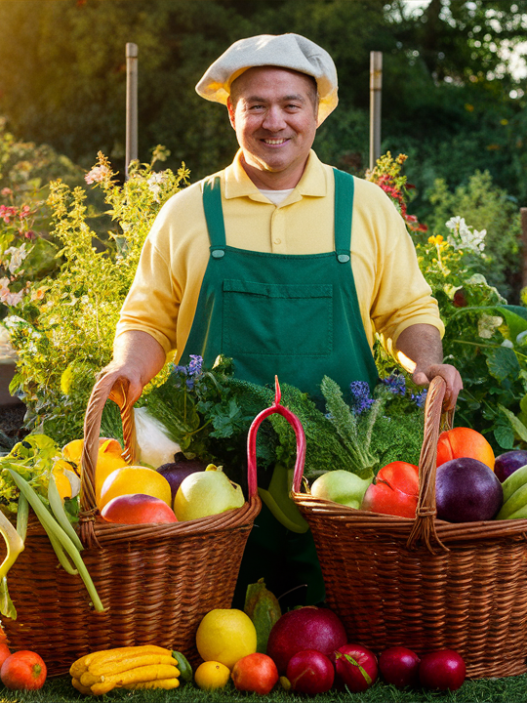I can still remember our very first autumn garden back in Idaho. We knew noooooothing about gardening when we started! I mean, seriously, we planted tomatoes in September! Spoiler alert: it didn’t end well 😄 But through trial, error, and a lot of muddy boots, we learned something. Now, autumn gardening is my absolute favorite. It’s like a second chance to grow more food and prep our garden for the cold months ahead. Here are some essential autumn gardening tips to make sure your garden is ready to thrive, even as the days get shorter.
1. Prepare the Soil for Autumn
Ah, the soil! If there’s one thing we’ve learned, it’s that healthy soil equals healthy plants. I remember one year we completely skipped soil prep, and guess what? Our fall crops looked sooo sad. So now, we always start by clearing out the remnants of our summer garden. Compost those spent plants, toss in any leftover organic matter, and give that soil a good turning.
Adding compost in autumn gives your soil a nutrient boost that’ll feed your winter garden and be ready for spring planting. Studies show that soil enriched in the fall retains nutrients better through the winter. Trust me on this one, we’ve seen the difference ourselves.
Oh, and by the way, if you’re short on compost, don’t worry. We’ve used this compost bin from Amazon for years, and it works like a charm! You can read more about how we revive our soil each season here.
2. Choose the Right Autumn Crops
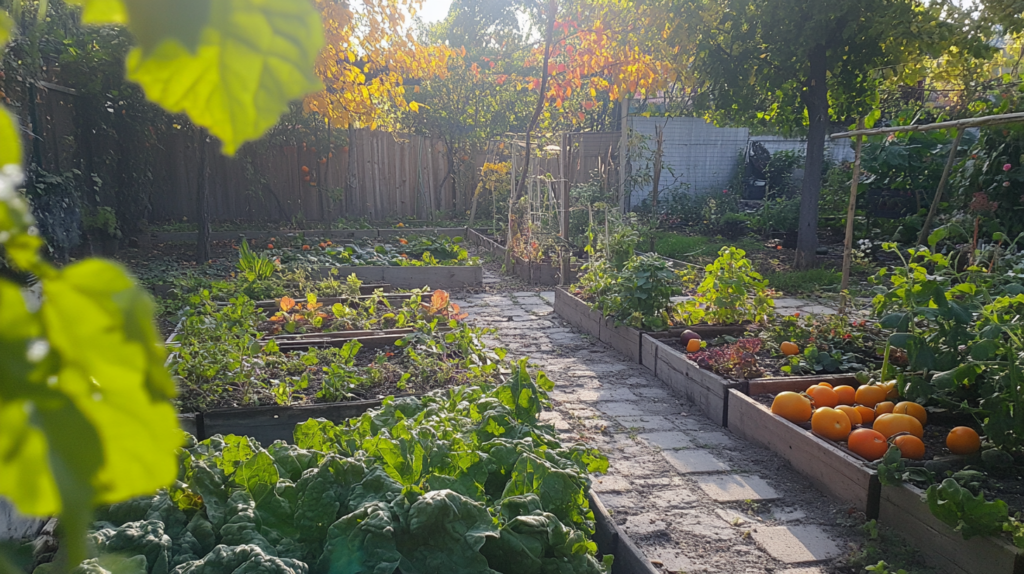
Okay: not all plants love the cold. I had to learn this the hard way! One year, we excitedly planted a bunch of summer crops in late September, thinking, “What could go wrong?” Well, they didn’t make it, and we were left with a whole lot of nothing.
Focus on cool-season veggies. Kale, spinach, radishes, and all those hearty root veggies are your best friends in autumn. These guys love the chilly weather and will keep your garden producing even as temperatures drop.
Here’s a tip: we’ve found that planting these crops in early September gives them just enough time to mature before the first frost. And if you’re wondering what to plant and when, our friends at Johnny’s Selected Seeds have some fantastic options.
3. Extend Your Growing Season
Let’s talk about something super important that changed the game for us: extending the growing season. Maan, when we first heard about cold frames and row covers, we were like, “Why didn’t we do this sooner?!”
Building a DIY cold frame was a game-changer for us. We didn’t really know what we were doing at first (cue some very crooked frames!), but it made all the difference. Cold frames, row covers, or even just a good layer of mulch can extend your growing season by weeks—maybe even months!
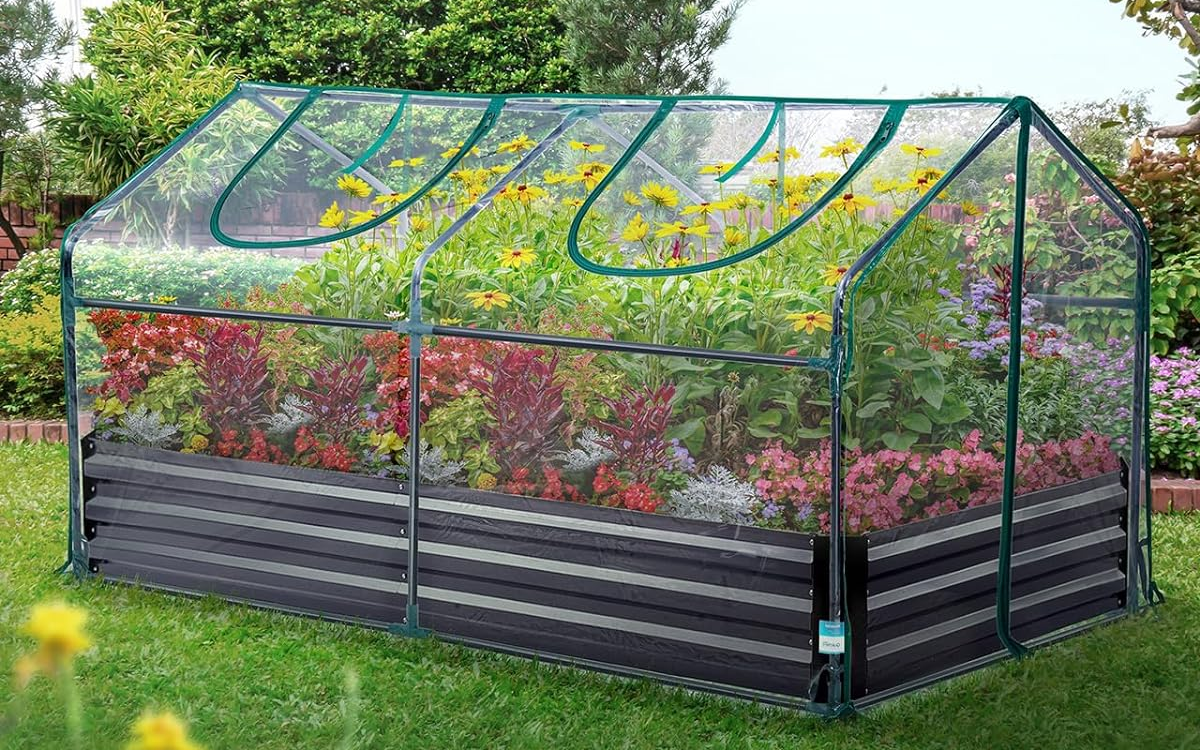
You can make a cold frame from old windows or buy a kit like this one. Either way, protecting your crops from frost is key to a successful autumn garden.
And if you’re into the science behind it, research shows that cold frames can boost the microclimate temperature by several degrees, keeping your plants cozy even when it’s frosty outside. It’s like giving your veggies a little blanket!
4. Maintain Your Autumn Garden
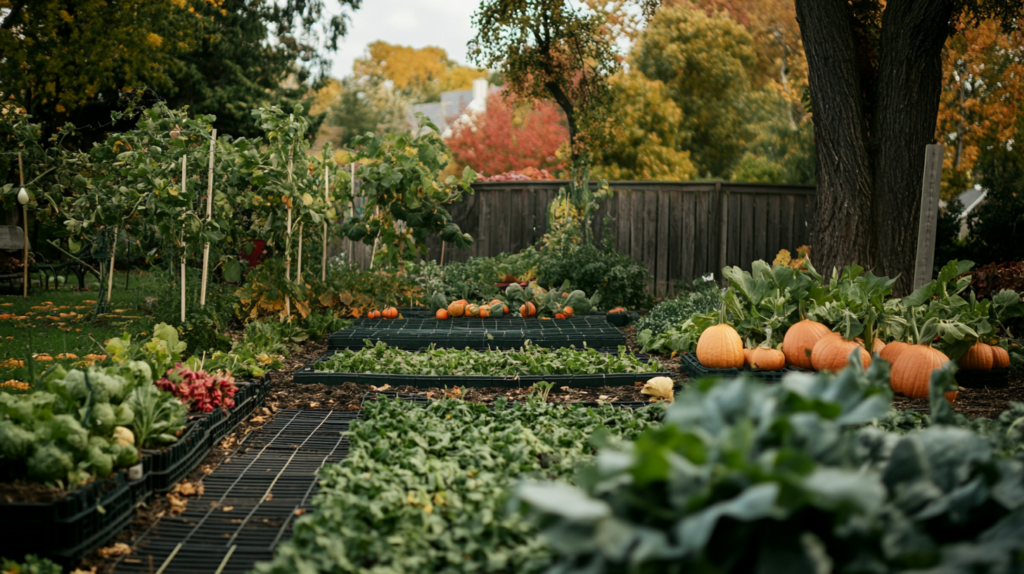
Now, autumn might be a bit more chill (no pun intended!), but that doesn’t mean you can just sit back and relax. I learned that the hard way one year when we basically forgot about our garden after Halloween. Big mistake. By December, it was a mess of weeds and dead plants.
So now, we stay on top of it! Regularly clear out debris, keep the garden beds mulched, and make sure your compost pile is active. A good pair of Fiskars pruning shears will become your best friend for tidying up. Studies show that mulching in autumn helps suppress weeds and retain soil moisture, which is crucial as the weather turns colder.
And if you’re looking for more tips on keeping your garden in shape, we’ve put together a fall garden maintenance checklist that might come in handy.
5. Prepare Perennials and Trees for Winter
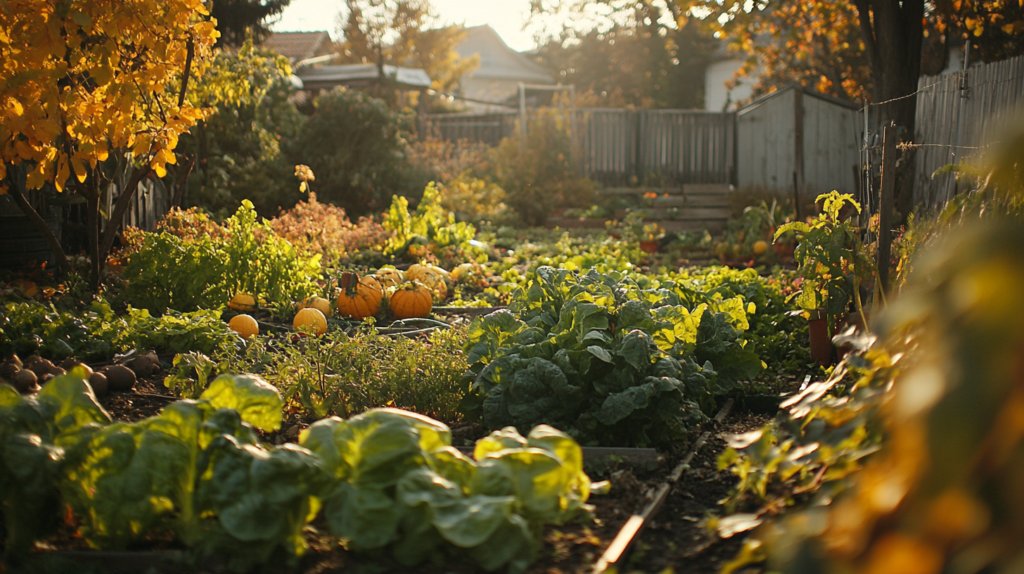
Oh, poor fruit trees… I can’t tell you how many times we’ve messed this up. Our first year with fruit trees was…well, let’s just say we learned a lot. We didn’t protect them properly, and they took quite a beating from the frost. Now, we always mulch around the base of our perennials and wrap our young trees to keep them safe.
If you haven’t tried it yet, tree wraps are a must for preventing frost damage. Research shows that even a light frost can damage unprotected perennials and young trees, so don’t skip this step!
Speaking of, if you’re wondering how to protect your garden from frost in general, we’ve shared all our tips in this article.
Let’s Keep the Conversation Going!
Okay, so now that I’ve shared my autumn gardening tips, I want to hear from you! What are you planting this fall? Have you had any garden disasters like ours? Let’s chat in the comments below—I’d love to know what’s happening in your garden! And hey, don’t forget to subscribe to our newsletter for more homesteading tips, or follow us on Pinterest for daily inspiration.
